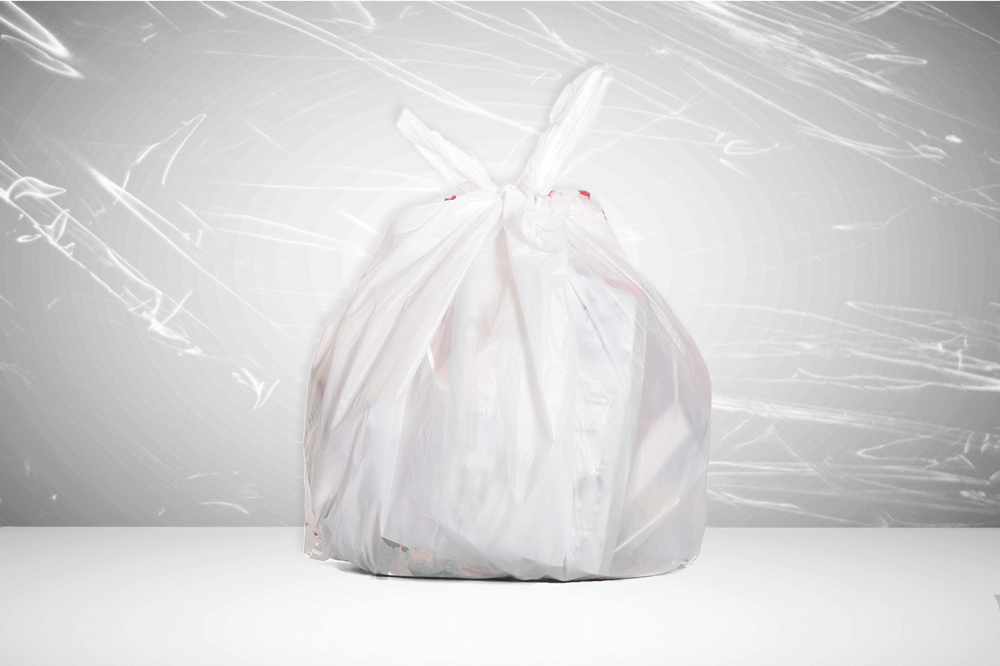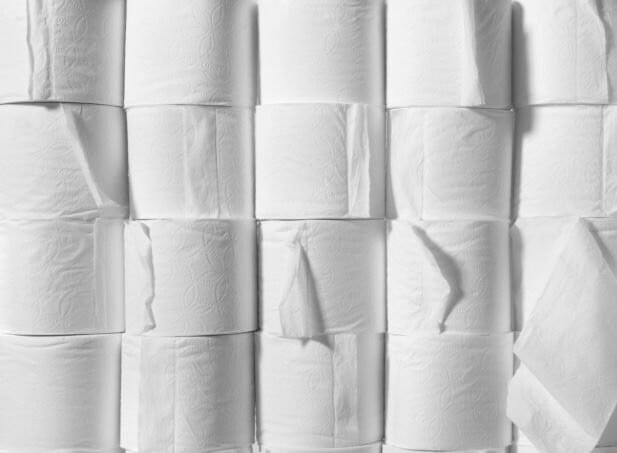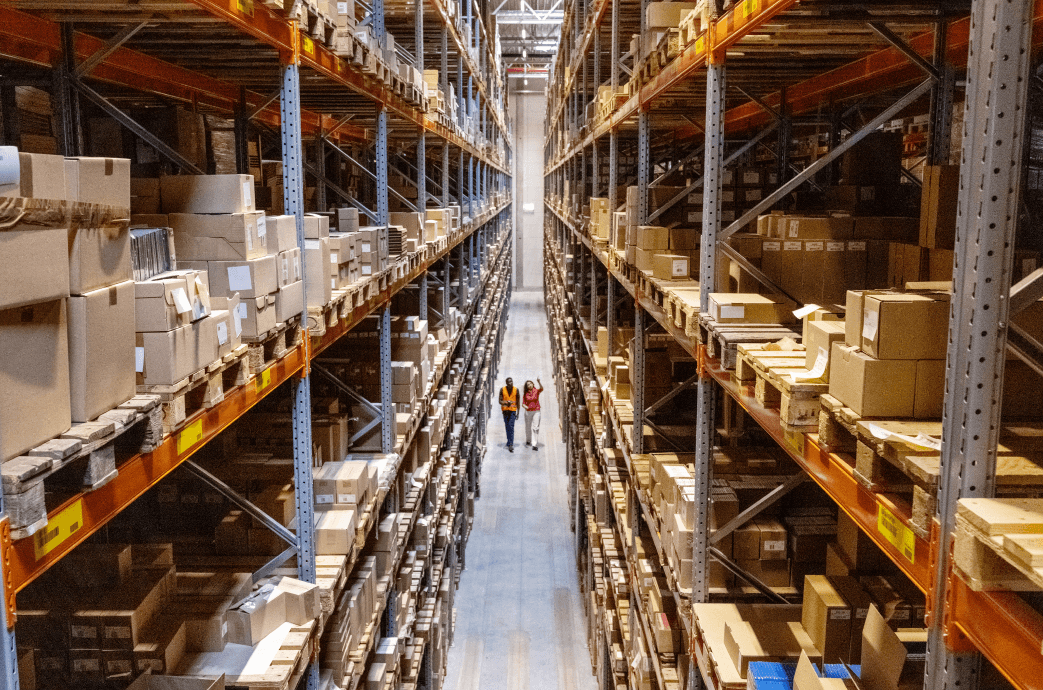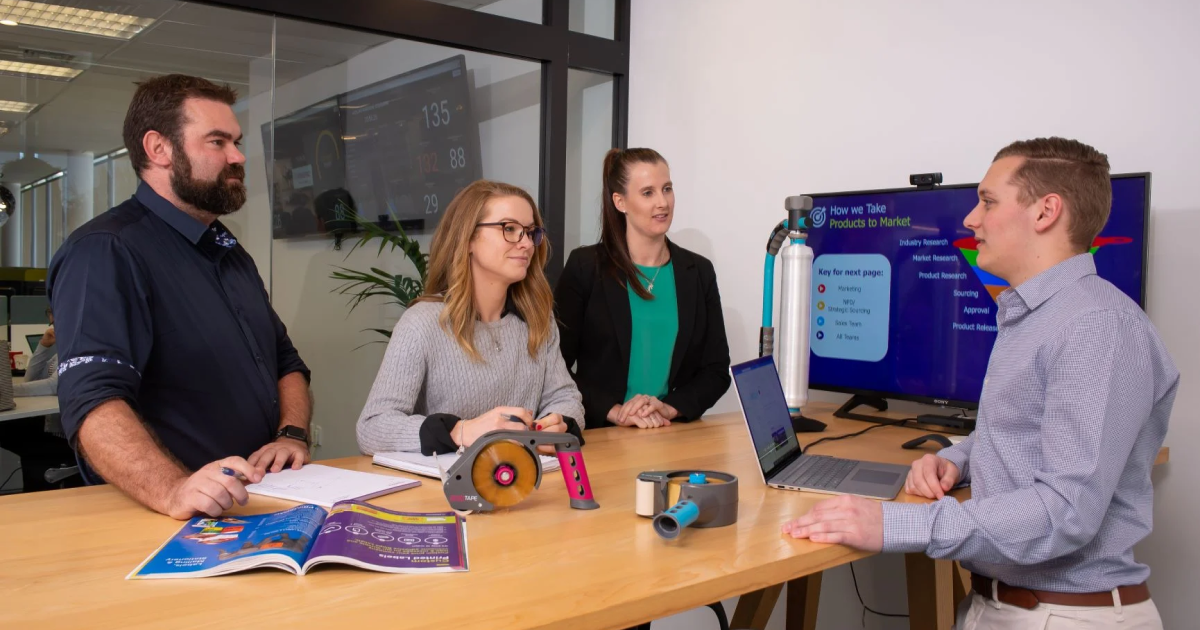
The climate crisis continues to be a big concern across the globe with many countries taking action to cut their carbon footprint. The New Zealand government and the general public are working towards a cleaner, greener solution to our waste management. In 2019, the ban on single-use plastic bags was a resounding success and highlighted how important it is to reduce our waste and find alternatives. As a follow-up to that ban, the government has introduced a timeframe to phase out all problem plastics by mid-2025.
A significant part of the plastics ban is eliminating all oxo-degradable, or photo-degradable plastics from our industries. But the terminology surrounding this can be confusing, so we’ve summarised everything you need to know about the ban in this article so that you can be prepared.
What is the plastics ban?
Among the world's biggest waste-creators, Kiwis throw away 159 grams of waste each day on average. To reduce the massive impact our small country has on the environment, the government has announced a ban on all plastics that are difficult to recycle as well as most single-use plastics. It will be done in three stages to allow businesses time to prepare and will follow the guidelines from the Ministry for the Environment according to Section 23 1b of the Waste Minimisation Act 2008.
The 3 stages of the plastic phase-out
To help you prepare for the upcoming regulations, this timeline shows what will be phased out at each stage of the phase-out process.
In October 2022, the following will be banned:
- PVC meat trays
- Polystyrene takeaway packaging
- EPS grocery packaging
- Plastic drink stirrers
- Plastic cotton buds
- Oxo-degradable and photo-degradable products.
In mid-2023, the following will be banned:
- All single-use plastic produce bags
- Plastic straws
- Produce labels
- Plastic tableware (plates/bowls/cutlery).
In mid-2025, the following will be banned:
- All other PVC and polystyrene, food and beverage packaging.
In many cases, sustainable alternatives are already available so if this plastics ban will apply to you, we recommend trialling some for yourself before the ban comes into effect in October.
Public support for the plastics ban
In New Zealand our waste-to-landfill rate is high. It’s estimated that we generate 17.49 million tonnes of waste per year, of which an estimated 12.59 million tonnes are sent to landfill – we need to make some changes. The Ministry for the Environment consulted New Zealanders about the proposal and received nearly 8,000 submissions from the general public, affected businesses, community groups and local government. With as many as 97% wanting a more proactive strategy for plastic waste, the results were overwhelmingly in favour of the initiative.
While affected industries and businesses did raise some concerns, the overall findings were that the use of problem plastics could be reduced by a significant amount and that Kiwis care deeply about reducing plastic waste. While there will undoubtedly be a few applications where plastic is still necessary, for the most part, more sustainable alternatives are available.
One of the reasons the new plastics ban has been so popular is because it has fast-tracked the development of greener products. With a deadline in place, there is a strong demand for these alternative solutions meaning that scientists and manufacturers are working hard to provide the country with suitable options to use in place of the harmful plastics we’ve come to rely on.
What are oxo-degradable plastics?

Oxo-degradable plastic products are typically made of conventional plastic that has been manufactured with additives. This will help the plastic to quickly fragment into smaller pieces, however, it doesn’t break down in a specified timeframe (like compostable plastics do). Unfortunately, these plastics can’t be composted or recycled in New Zealand, and they leave micro-plastics in the environment which can be incredibly harmful.
Oxo-degradable plastic products can include:
- Bin liners
- Magazine wraps
- Dry cleaning bags
- Padded envelopes
- Garment packaging.
Unfortunately, it is common for oxo plastics to be falsely marketed as sustainable or eco-friendly, leading consumers to think they are being environmentally responsible by using them. Since the synthetic components of oxo plastics are paired with a small amount of a natural component, it is easy for the labels to be misleading.
The difference between biodegradable, compostable, and oxo-degradable
The terminology used when discussing plastics can be overwhelming and is often misused. To help you make sense of it all, here are a few simple definitions.
Degradable
For a product to be degradable it must be able to break down into simple components. It is not specified whether those components are natural, artificial, or otherwise.
Compostable
For a product to be compostable it must be made only of organic matter and able to be broken down into carbon dioxide, inorganic compounds, biomass and water. Generally, this will be in a commercial facility where the bacteria, moisture and oxygen are suitable, and should only take a few weeks or months.
Biodegradable
The breakdown of biodegradable products does not require oxygen, so they don’t need to be processed in a commercial composting environment. They take much longer to degrade than composted materials, but much less time than conventional plastics and all that’s left is carbon dioxide, inorganic compounds, biomass and water.
Oxo-degradable or photo-degradable plastics
Oxo or photo-degradable products are often confused with biodegradable plastics. They are a conventional plastic mixed with an additive in order to imitate biodegradation. Oxo-degradable plastics will quickly fragment into smaller pieces called microplastics, however, they don’t break down like biodegradable and compostable plastics. The resulting microplastics are left in the environment indefinitely until they completely break down.
Alternatives to oxo-degradable plastics
If you’re not sure how to prepare for the upcoming phase-out, it’s worth getting connected with a provider that does. At Primepac, we pride ourselves on providing our customers with a wide range of options and support to ensure they are always prepared for whatever packaging changes may come their way. To clearly identify which of our products are sustainable, we developed our sustainable choice logo which makes it easy to select products that are either degradable, compostable, biodegradable, recyclable, or reusable.
In October, all of our products will be completely free of oxo-degradable plastics so you can be rest assured that your business is ready for the plastics ban. We have a variety of practical alternatives in our sustainable range that many of our customers are already taking advantage of and you can also make the switch today.
Why not get ahead of the ban and be prepared for the changes? You can find all of our sustainable products and our environmental initiatives here.






.png)

